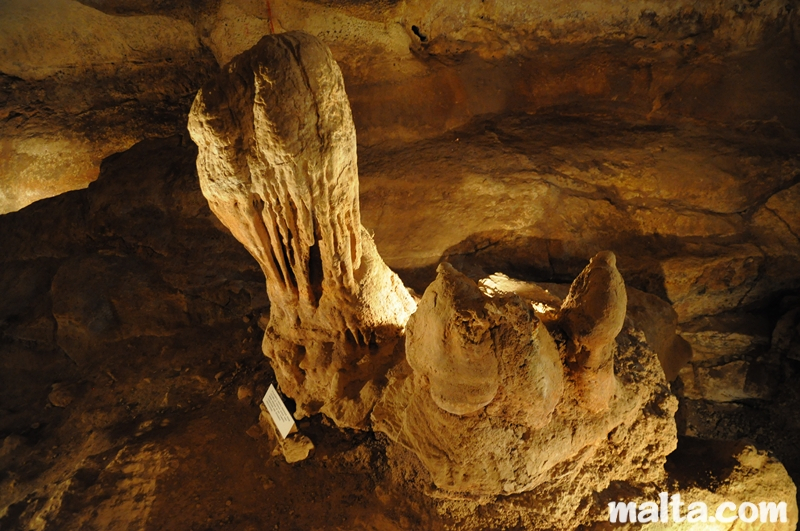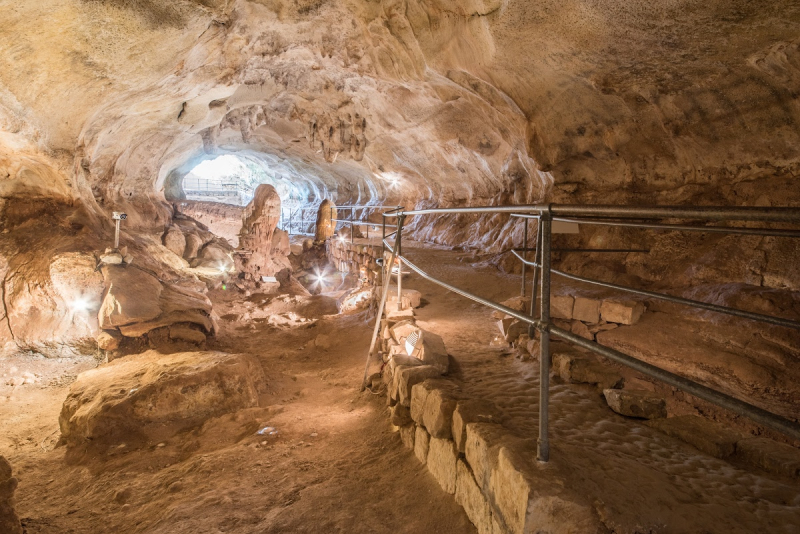Ghar Dalam, Birzebbugia

Ghar Dalam is a 144-meter-long phreatic tube and cave, often known as a cul-de-sac, on the outskirts of Birebbua, Malta. Its rank as one of the most beautiful caves in Malta. The cave has the skeletal remains of creatures that became stranded and extinct in Malta at the end of the Last Glacial Maximum. It is one of Malta's most important national monuments, having given its name to the Ghar Dalam phase of Maltese prehistory. Ghar Dalam discovered pottery comparable to that found in Stentinello, but without the stamp designs.
The dwarf elephant, hippopotamus, huge swan, deer, and bear bone deposits discovered there are of varying dates; hippopotamuses went extinct around 10,000 years ago, whereas deer species went extinct much later, around 4000 years ago during the Chalcolithic period. It was also here that the earliest traces of human settlement on Malta was unearthed, dating back approximately 7,400 years.
The cave was included to the Antiquities List in 1925, but it wasn't made public until March 1933. The then-Curator of Natural History, Joseph Baldacchino, established a museum on the premises. The then-Curator of Natural History, Joseph Baldacchino, established a museum on the property. Baldacchino released a brochure on Ghar Dalam within a year of his position as curator in 1935, detailing the cave's principal excavations and findings. New specimens gradually replaced the old, and a labeling system was established.
Visitors can only enter the first 50 meters (160 feet) of the cave, which is 144 meters (472 feet) deep. The entryway to the entire region is the museum, which still has a great array of findings ranging from animal bones to human artifacts. Heritage Malta is in charge of Ghar Dalam Cave and Museum. In 2019, a project to increase physical accessibility between Gar and the rest of the country was announced.
Length: 144 m
Address: Ghar Dalam Cave, Triq Ghar Dalam, Birżebbuġa, Malta









